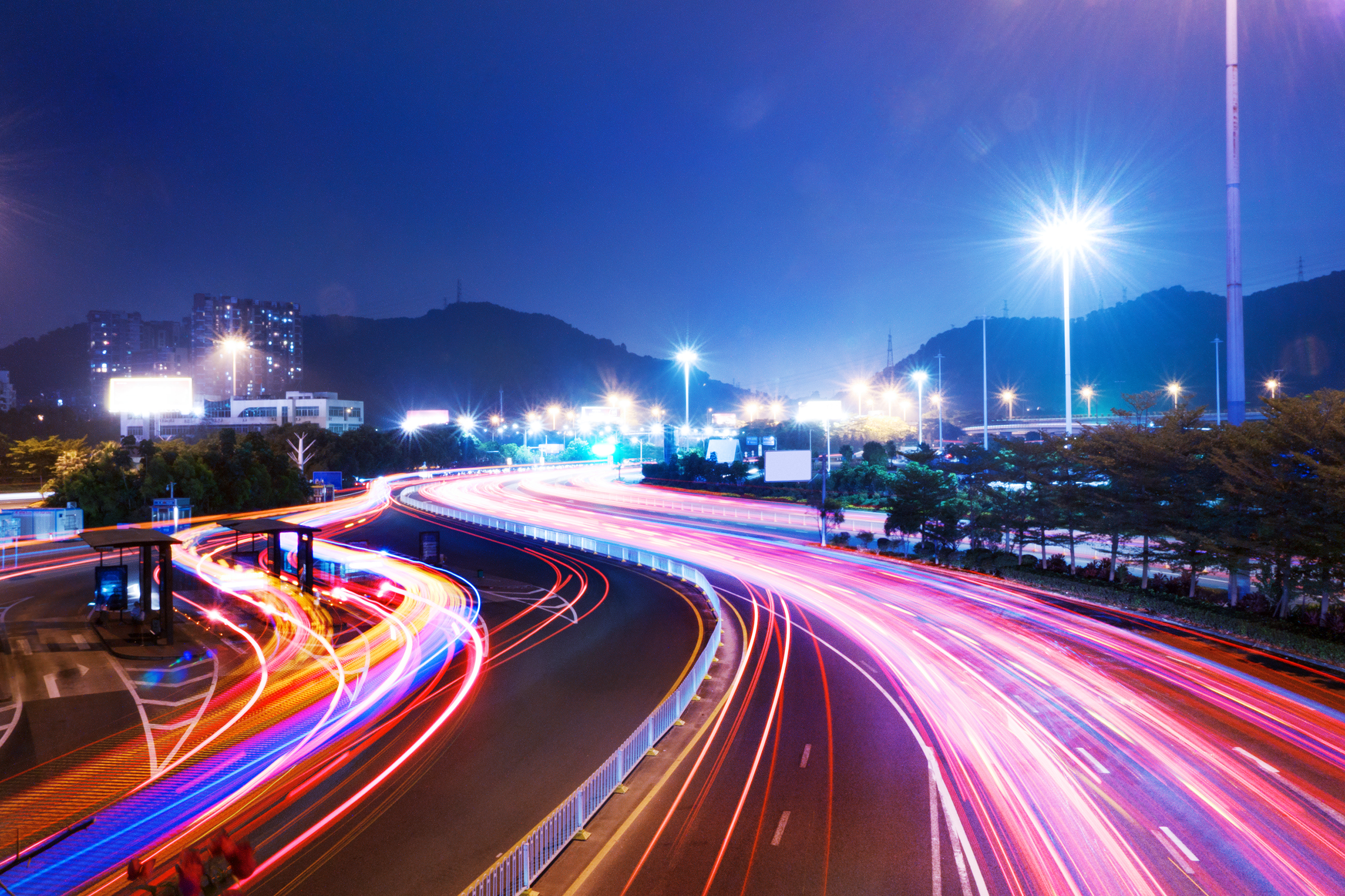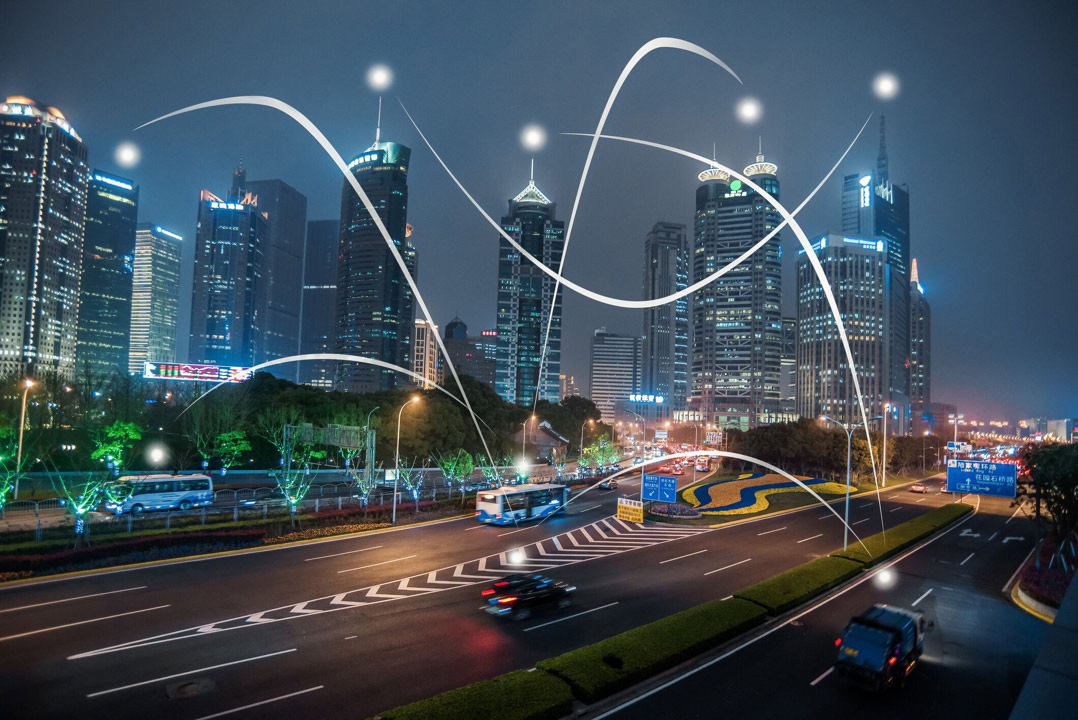Radical change is happening in the role of the vehicle and the ways people move from one place to another. Transformative technological, cultural, and economic megatrends are converging to reshape “personal mobility,” creating a demand for new material solutions that plastics and polymer composites are ready to provide.
Convergence of IT & Auto Industries
Vehicles are rapidly evolving into computers on wheels, a change similar to events in the computer industry 20 years ago and the cellphone industry 10 years ago.1
Improved Battery Technology
Steady improvements continue to be made in the cost and energy density of battery technology. The volume weighted-average lithium ion pack price declined 85% between 2010 and 2018.4
Emergence of Alternatives to Personal Vehicles
Ridesharing, fractional ownership, and novel urban mobility solutions are increasing in popularity. Some projections expect 1 in 5 cars sold in the US and EU will be part of a subscription service by 2025.5
Proliferation of Artificial Intelligence
Unit shipments of artificial intelligence systems used in infotainment and advanced driver assistance systems are expected to rise from just 7 million in 2015 to 122 million by 2025, according to IHS Inc.7
Implementation of Fuel Economy Standards Encouraging Automotive Lightweighting
The Environmental Protection Agency determined that the National Highway Traffic Safety Administration’s (NHTSA) 2025 Corporate Average Fuel Economy standards have contributed to the innovation and adoption of lightweighting technologies, and that further mass reduction is projected to reduce fatalities per vehicle mile traveled.11
Growing Global Environmental Concerns
A rise in concern about the effects of climate change and the need to embrace a more circular economy are influencing consumer purchasing habits. The cross-value chain Alliance to End Plastic Waste (AEPW) has committed over $1 billion with the goal of investing $1.5 billion over five years to develop and promote technologies, business models, and entrepreneurs that prevent ocean plastic waste, improve waste management and recycling, and promote solutions for used plastics by helping to enable a circular economy.8
Modernization of Regulations and Standards to Enable Self-Driving Vehicles
To date, 29 states have passed regulations for self-driving cars9 and the U.S. Department of Transportation’s guidance document, AV 3.0, now outlines voluntary guidance, policy recommendations, and best practices from state and local government agencies in testing and operating autonomous technologies.10
Rise in Automotive-Buying Populations in Growing Economies
The rise of massive, automotive-buying middle class populations in rapidly growing economies, most notably China (world’s largest automotive sales since 2009) and India (4th largest automotive sales in the world since 2018), is increasing global demand for small, lightweight vehicles that can operate where transportation infrastructure is limited.6


